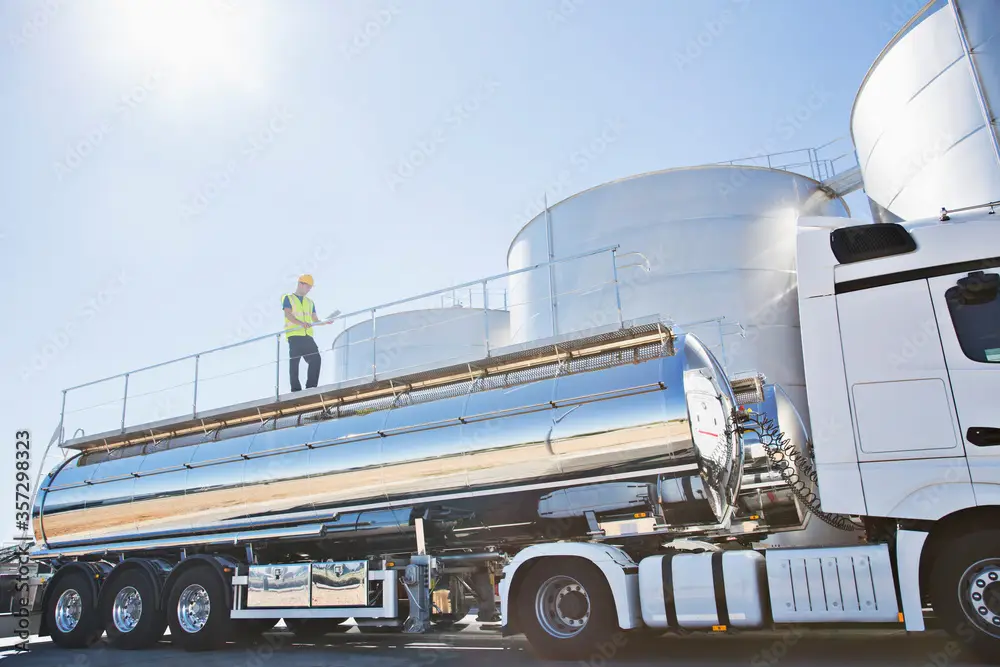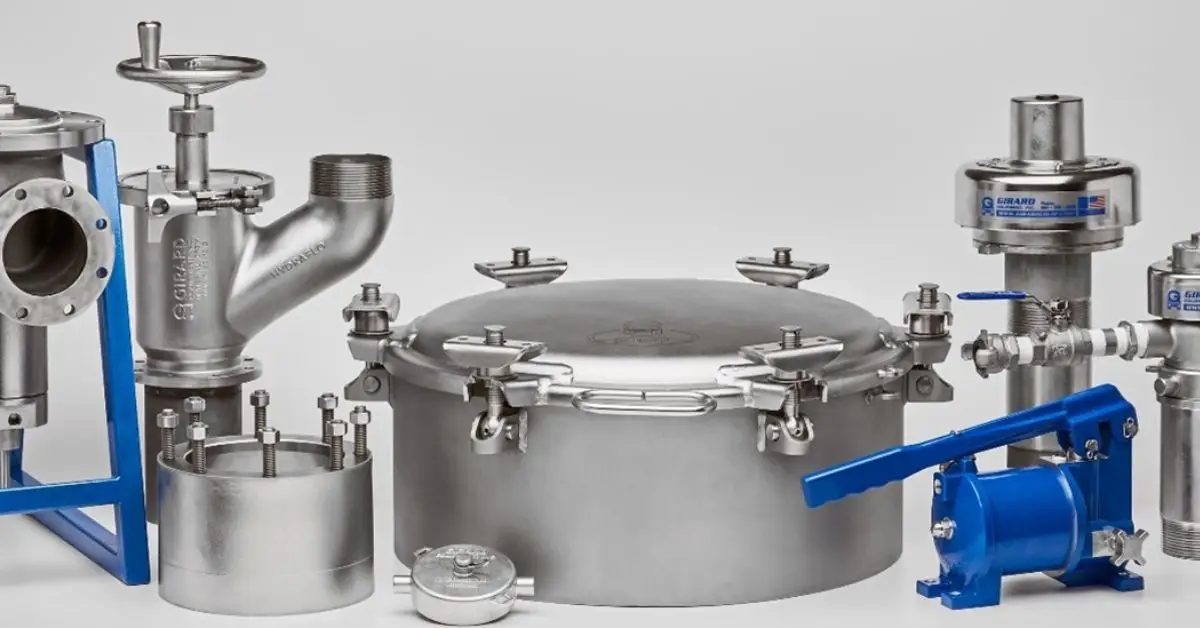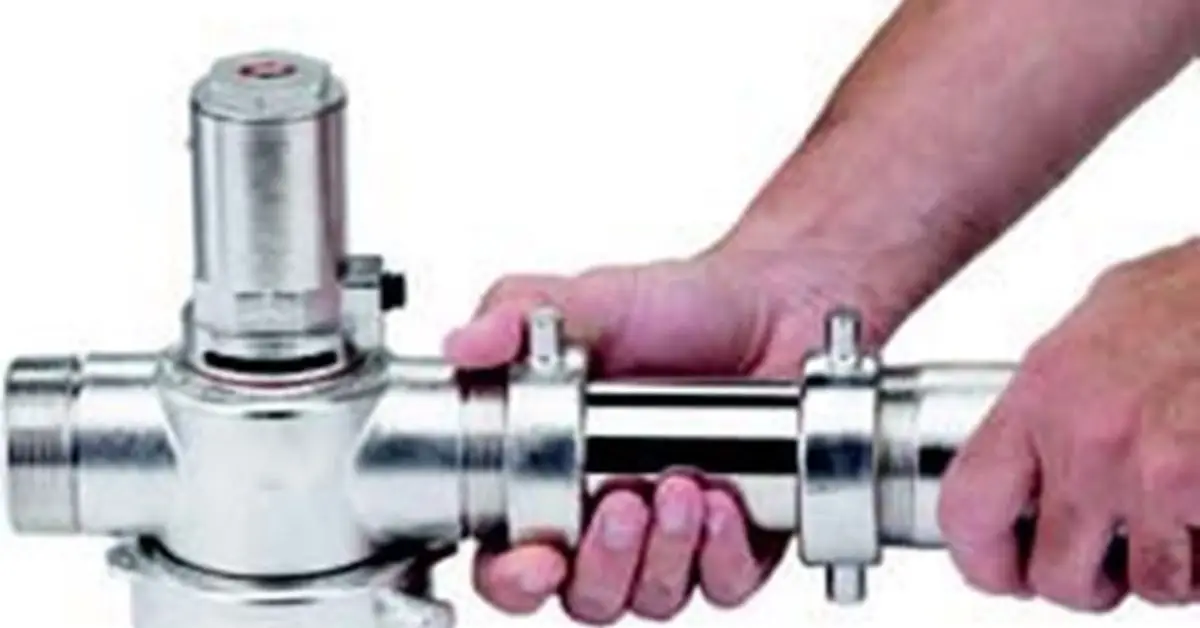Proper maintenance of a tanker’s Vapor Recovery Adapters (VRA) is essential for safe, efficient, and environmentally responsible operations. For tanker operators, drivers, and fleet managers, a well-functioning VRA minimizes vapor loss, protects the environment, and ensures compliance with industry regulations. In this guide, we’ll explore how to maintain your tanker’s Vapor Recovery Adapters and keep them in optimal condition.
Understanding Vapor Recovery Adapters (VRA)
Vapor Recovery Adapters (VRA) are crucial components of tanker trailers designed to capture and prevent the release of harmful vapors during loading and unloading. These vapors, often volatile organic compounds (VOCs), pose safety risks and contribute to air pollution if not properly controlled. The VRA redirects these vapors into a storage system or back into the tanker, preventing their escape into the atmosphere.
The Importance of Maintaining Vapor Recovery Adapters (VRA)
Maintaining your VRA is not just about regulatory compliance—it directly impacts safety, efficiency, and cost-effectiveness. Proper maintenance helps:
Enhance Operational Safety
Maintaining vapor recovery adapters enhances operational safety. Properly maintained adapters prevent vapor leaks, significantly reducing the risk of fires or explosions caused by flammable gases. Regular upkeep also ensures the system operates efficiently, protecting personnel and the environment.
Improve Efficiency
Maintaining vapor recovery adapters also improves operational efficiency by reducing vapor loss during fuel transfer processes. Properly functioning adapters ensure minimal emissions, helping to comply with North American environmental regulations and promoting sustainability. Regular maintenance supports environmental standards and enhances cost-efficiency by conserving valuable resources and reducing overall wastage.
Protect the Environment
Maintaining vapor recovery adapters is crucial in protecting the environment by controlling harmful emissions released during fueling. These adapters help capture and prevent the escape of toxic vapors, contributing to cleaner air and reducing pollution. Regular maintenance ensures they function effectively, supporting efforts to improve air quality and safeguard public health.
Reduce Costs
Proper maintenance of vapor recovery adapters helps prevent costly repairs and unexpected downtime caused by system failures. By ensuring these components are in good working condition, you can avoid leaks, damage, and inefficiencies that lead to expensive fixes. Regular upkeep reduces repair costs and extends your equipment’s lifespan, saving money in the long run.
Without regular maintenance, VRA components can deteriorate, leading to failures that threaten human safety and the environment.
How to Maintain Tanker Vapor Recovery Adapters (VRA)
Regular care and attention ensure that your tanker’s VRA operates efficiently. Follow these key maintenance steps:
1. Perform Regular Inspections
Routine inspections help identify early signs of wear or damage before they escalate into significant issues. Focus on:
- Hoses, couplings, and valves—check for cracks, corrosion, or general wear and tear.
- System performance—ensure all components function correctly.
- Establishing a consistent inspection schedule to prevent costly repairs.
2. Check for Leaks
Leaking vapors are hazardous. Inspect hoses, fittings, and couplings for:
- Moisture, discoloration, or other signs of leaks.
- Loose connections or damaged seals.
- Promptly addressing any issues to prevent vapor loss and environmental risks.
3. Replace Worn or Damaged Parts
No component of your Girard Vapor Recovery Adapter (VRA) is immune to wear and tear. Periodically inspect:
- Seals, gaskets, and other key parts for deterioration.
- Worn components—replace them promptly to prevent inefficiencies and failures.
- Use only high-quality, manufacturer-approved parts to maintain system integrity.
4. Calibrate Sensors Regularly
Accurate pressure and flow monitoring depend on properly calibrated sensors. Over time, sensors may drift, causing inaccurate readings. To maintain accuracy:
- Schedule calibration checks per the manufacturer’s recommendations.
- Ensure sensors provide reliable system performance data.
5. Train Staff on Proper Usage
Operators and drivers play a crucial role in maintaining VRAs. Proper training should include:
- Safety protocols for handling the system.
- Identifying warning signs of malfunctions.
- Conducting basic system checks and troubleshooting.
A well-trained workforce ensures VRAs are used correctly and maintained efficiently.
Following a Maintenance Schedule
Each VRA comes with manufacturer-recommended maintenance instructions. Adhering to this schedule:
· Maximizes performance.
· Reduces risks associated with system failures.
· Ensures timely interventions to extend component lifespan.
Use Genuine Girard High-Quality Replacement Parts
When replacing VRA components, always use genuine Girard parts. High-quality parts ensure:
- Compatibility and reliability.
- Consistent system performance.
- Avoidance of failures caused by substandard or incompatible parts.
Document Maintenance Activities
Thorough documentation is an often overlooked but essential aspect of maintenance. Maintain records of:
- Inspections, repairs, and replacements
- System performance over time
- Compliance with regulatory requirements
Well-organized records aid future maintenance planning and help ensure operational efficiency.
The Role of Operators, Drivers, and Managers in Maintenance
Maintaining a VRA cannot be handled alone; it requires teamwork and coordination. Several key roles are involved, each contributing to the success of the process. Every team member plays an essential part in maintaining an effective VRA, from overseeing operations to ensuring compliance.
Operators
Tanker trailer operators are crucial in ensuring the proper maintenance of Vapor Recovery Adapters by conducting regular inspections and promptly addressing any deficiencies. These thorough inspections help identify potential issues early, preventing malfunctions and ensuring the VRA operates safely and efficiently. By staying proactive with maintenance, operators extend the lifespan of their equipment and contribute to the vehicle’s overall safety.
Drivers
Tanker trailer drivers help to maintain Vapor Recovery Adapters by staying vigilant for any signs of wear, malfunction, or irregularities during their trips. Their responsibilities go beyond driving, as they are often the first to notice potential issues with these critical components. Promptly identifying and reporting these problems helps ensure the adapters function properly, prevent downtime, enhance road safety, and keep operations running efficiently.
Fleet Managers
Fleet managers are key in maintaining vapor recovery adapters to ensure compliance and safe operations. They oversee regular inspections and maintenance schedules to keep the adapters functioning correctly, preventing harmful emissions and ensuring environmental standards are met. By allocating resources effectively, such as budgeting for replacements or repairs, fleet managers minimize downtime and ensure consistent performance. They also prioritize staff training, equipping drivers and maintenance teams with the skills needed to handle, inspect, and maintain vapor recovery systems efficiently.
Together, these stakeholders ensure tankers equipped with VRAs operate safely, efficiently, and in compliance with regulations.
Safeguard Your Tanker Operations with Regular Maintenance
Regular maintenance of your Vapor Recovery Adapters (VRA) safeguards your tanker’s performance, ensures compliance with safety standards, and contributes to environmental sustainability. By following this guide, you can prevent costly breakdowns, enhance safety and operational efficiency, and extend the lifespan of your equipment.
If you need replacement parts or upgrades, explore our range of high-quality tank truck vapor recovery systems at Girard Equipment today.
For expert advice and superior solutions, contact us at [email protected]



